Floor Tiles Leakage
Water might leak through the outside of the tile, wherein case you don't need to do any pipes fixes, however on the off chance that the break is in a divider, odds are it's from a supply line. In the event that it's in the floor, it could be from the supply or from the channel.
Water that has discovered its way underneath fired tiles after a break can cause shape development. Whenever left alone to develop, the shape can turn out to be perilous, as form spores can cause respiratory issues. In addition to the fact that it is unsafe to breath in, form is additionally ugly. Water left to remain underneath earthenware tiles will in the long run trade off the structure of the tile itself, making it split or break.
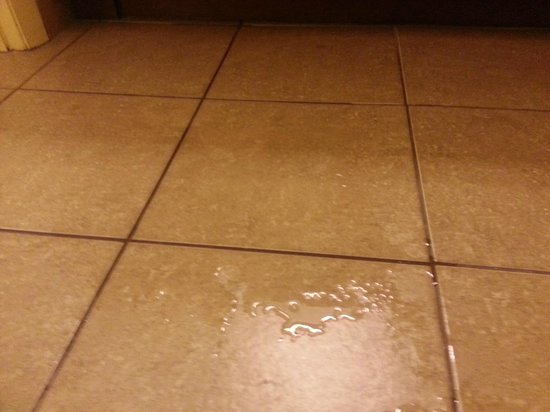
-
Tap an elastic hammer on the leader of a little etch to evacuate the grout in the tile joints.
-
Spot a wide putty blade under the clay tile, parallel to the floor. Utilize the elastic hammer to tap the leader of the putty blade to pop the clay tile from its place. Rehash this strategy for every single artistic tile with hidden water. Set all the artistic tiles you evacuated to the side.
-
Lay a few thick towels down over the water zone to douse up the moisture.Chip away the old artistic tile slim set with the putty blade and hammer. You need a somewhat smooth surface to supplant the territory with earthenware tile so they are even with the encompassing tile.
-
Find the region where the water spilled out. Use caulking and handyman's putty to prevent the hole from causing future harm.
-
Put on a channel cover to shield them from form spores. In the event that the water was underneath the tiles for a significant lot, you should evacuate any form before you supplant the earthenware tiles.
-
Wear a couple of elastic gloves to shield your skin from blanch. Pour 1/2 cup of fade into a huge holder. Add 1 quart of water to the holder, and spot three to four drops of dish cleanser in the arrangement. Mix with a wooden spoon so the blend ends up lathery. Plunge a clean brush into the arrangement and enable the abundance water to dribble away. With little, round movements, scour away all shape developing in the zone. Vacuum the territory completely with a wet shop vacuum. Guarantee no shape particles are abandoned to develop.
-
Blend slender set tile mortar in a huge holder as indicated by bundle bearings. Apply a slight layer of flimsy set onto the fixed territory with the level side of a metal trowel. Run the metal trowel over the layer of meager set utilizing the indented side. Spot the old, flawless or new substitution earthenware tiles on the slim set mortar and squirm to set in immovably. Addition a tile spacer around each bit of clay tile to make even joint spaces. Enable the dainty set to dry medium-term.
-
Evacuate tile spacers and spot premixed grout into a grout sack. Press the grout in the joints of every clay tile. Smooth the grout lines with your finger. Enable the grout to set for 30 minutes. Wipe off abundance grout on the artistic tiles with a hosed fabric. Enable the grout to dry medium-term.
Water tank Proofing
The water storage tankers in the residential or industrial or corporate areas become damaged due to the persistent water storage.
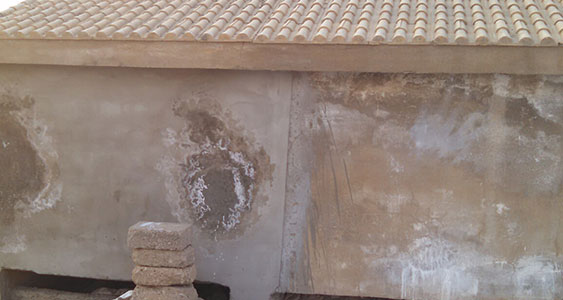
-
Basement and concrete structure
-
Water tank floor waterproofing
-
Sunken and basement waterproofing
-
Roof of the water storage tanks
-
Sump coating for the roof
-
Concrete is less flexible and cracks over time. Repairing an existing water tank is a time consuming process and cause inconvenience to the residents.
Bathroom leakage and waterproof
Bathrooms are the major problem faced by everyone because of the excess water leakages. The wet areas especially bathrooms should be taken extra care for reducing water leakages.
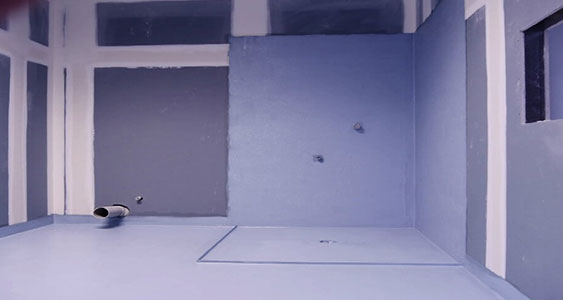
-
Shower walls and floors
-
Spa walls and floors
-
Bathroom walls
-
Bathroom floors on any building
-
Toilet waterproofing
-
The bathroom area is exposed to water every day and thus, waterproofing bathroom floors are a must. During construction
wall cracks
Crack filling is done commonly to seal the cracks formed especially on the floor, walls, and pavements and to maintain them in a proper condition.
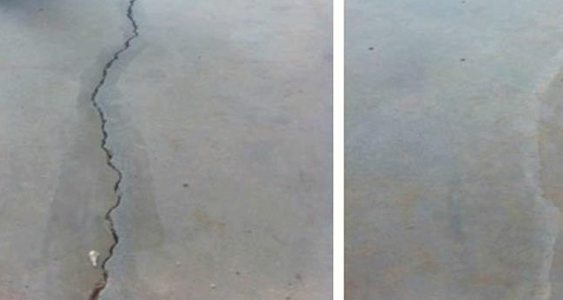
-
The cracks are formed majorly due to the following reasons
-
Poor building process
-
Deterioration
-
Age
-
Water leakages through internal and external walls
-
Cracks in walls are common in buildings; though some are nothing to worry about, others can indicate a sinking or damaged foundation (subsidence).
Basement leakage control
A leaking basement is a very common occurrence in many homes. When a basement leaks it does not imply that the home was not built well or that some extraordinary catastrophe has taken place
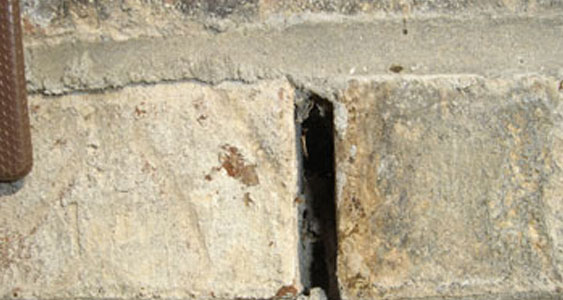
-
Hydrostatic Pressure
-
Lateral Pressure
-
Window Wells
-
Floor Cracks
-
Cove Joint
-
Many homeowners seek out interior basement leak repair solutions. Fortunately, regardless of the type of foundation that you have, it is possible to fix just about any leaky basement wall from the inside of your home.
Bathroom leakage control
The bathrooms are the main problem that everyone faces due to the excess of water leaks. Wet areas, especially bathrooms, should take special care to reduce water leakage.
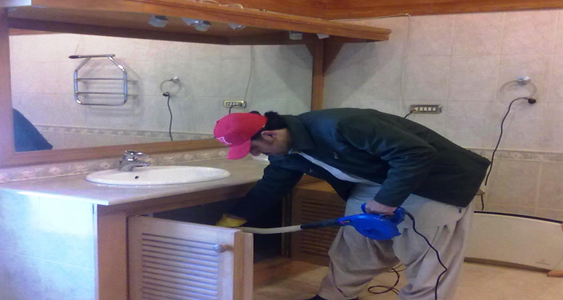
-
We check which chemical suits better to the bathroom or other wet areas.
-
Our chosen chemical will be the top branded leak proofing materials of the waterproofing chemical industry.
-
We cut and apply chemical through the edges without damaging the bathroom finishing.
-
If the injury is more, we will take the permission from our customer either to break the damaged area or not. Depending on their decision we will go for further steps.
Slab seepage control
Water storage tanks in residential, industrial or corporate areas are damaged due to persistent water storage. This damage will create small cracks or even tiny holes that lead to excessive water leakage.

-
Chemical plants waterproofing
-
Damp Walls for interior and exterior surfaces
-
Structural Concrete (Roof Concrete)
-
Waterproof Coat (Elastomeric Polymer)
-
Protective Screed (12.5 mm thick)
-
Redoing the waterproofing from the RCC slab is cumbersome and expensive. The existing screed and brick bat layers need to be broken and removed.
Don't See What You Need? Call Us today!
+91 90100 03288
-
we fix all your
Water Leakage problemsWe are in this waterproofing industry for the last 10 years, and our account is still underway. It is a family business, and now we have taken this to the next level with the support of all our loyal customers.
about more
-
HAPPY CLIENTS
-
year of service
-
Our Team
-
Our Projects
